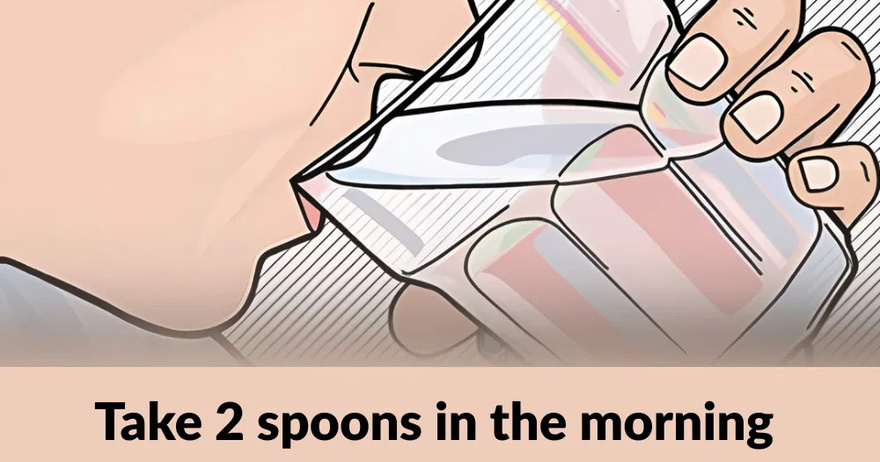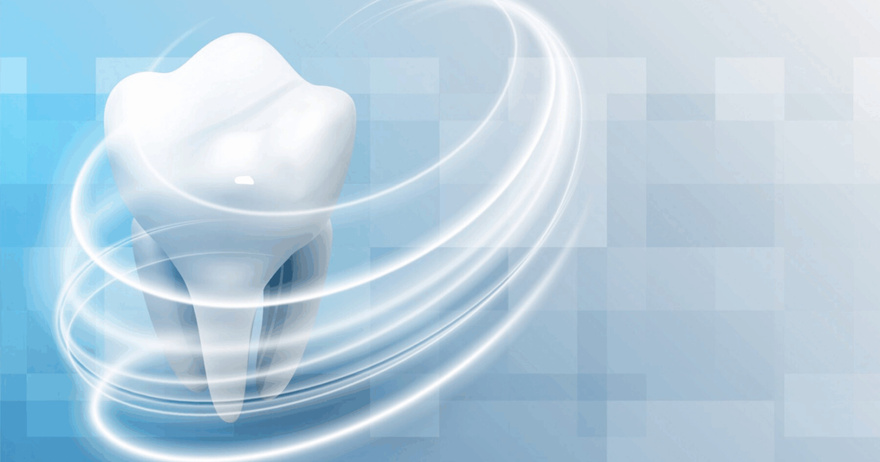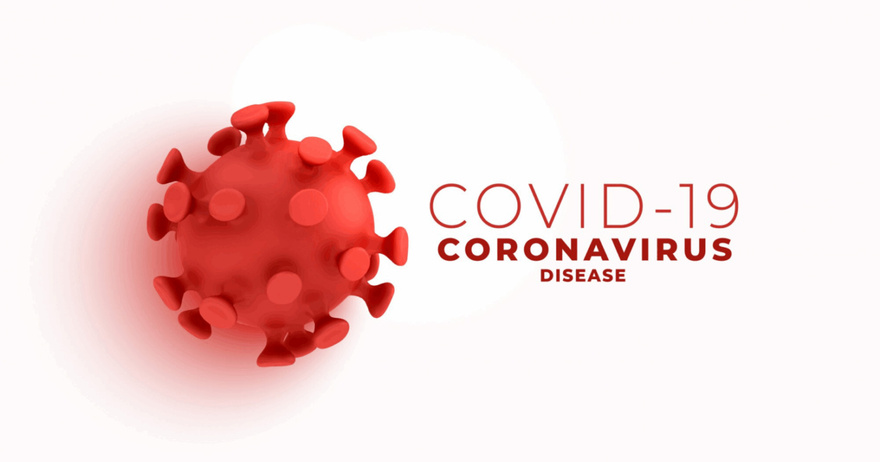Burning stubborn fat from those hard-to-reach areas is a common challenge for many people. Whether it’s the belly, thighs, or arms, the key to burning fat from these stubborn spots lies in a combination of strategic diet choices and effective exercise routines. It’s not just about targeting specific areas but rather about implementing a holistic approach that promotes overall fat loss and improves your metabolism.

Here are three essential tips to help you achieve your fat-burning goals and feel lighter.
1. Watch What You Drink
What you drink can significantly impact your fat loss efforts, especially when it comes to burning fat from stubborn areas. Many people overlook the caloric content and impact of their beverages, leading to unintended weight gain and difficulty in losing fat.
Cut Out High-Calorie and Sugary Drinks
High-calorie sodas, sugary drinks, and alcoholic beverages can account for a substantial portion of your daily caloric intake. These beverages are often packed with high-fructose corn syrup and other sweeteners that contribute to weight gain and fat accumulation. High-fructose corn syrup, in particular, has been linked to fatty liver disease and other health issues, further complicating your fat loss efforts.
What to Do:
- Drink Water: Make water your primary beverage of choice. Not only is it calorie-free, but it also helps in various bodily functions, including metabolism and fat digestion. Aim to drink half your body weight in ounces of water each day. For example, if you weigh 150 pounds, aim for 75 ounces of water daily.
- Opt for Unsweetened Beverages: If you need flavor, consider adding slices of fruits like lemon, lime, or cucumber to your water. Herbal teas and flavored waters with no added sugars are also good alternatives.
- Limit Alcohol: Alcohol is calorie-dense and can lead to poor food choices and overeating. If you choose to drink, do so in moderation and be mindful of the calories it adds to your diet.
2. Sleep More
Sleep is often an underestimated factor in the battle against stubborn fat. Adequate sleep is crucial for weight loss and overall health. Research has shown that adults who sleep less than seven hours per night are more likely to develop obesity compared to those who get sufficient rest.
Impact of Sleep on Weight Loss
Hormonal Regulation: Sleep deprivation interferes with the regulation of two critical hormones—leptin and ghrelin. Leptin signals your brain that you’re full, while ghrelin stimulates hunger. When you’re sleep-deprived, leptin levels drop, and ghrelin levels rise, leading to increased appetite and cravings, particularly for high-calorie, sugary foods.
Cortisol Levels: Lack of sleep also increases cortisol, a stress hormone associated with fat accumulation, particularly in the abdominal area. Elevated cortisol levels can contribute to belly fat and make it more challenging to lose weight.
What to Do:
- Prioritize Sleep: Aim for at least seven to nine hours of quality sleep per night. Establish a consistent sleep schedule and create a restful environment to improve sleep quality.
- Manage Stress: Incorporate relaxation techniques such as deep breathing, meditation, or gentle yoga into your routine to reduce stress and its impact on your sleep and weight.
- Avoid Stimulants: Limit caffeine and electronic device use before bedtime to improve your chances of falling asleep and staying asleep throughout the night.
3. Choose Cardio
Cardiovascular exercise is a cornerstone of any effective fat loss program. It helps you burn calories, boost metabolism, and improve overall cardiovascular health. When it comes to targeting stubborn fat, cardio exercises are particularly beneficial.
Types of Cardio
Steady-State Cardio: Activities like walking, running, and cycling involve maintaining a steady pace over an extended period. These exercises help in burning calories and improving cardiovascular endurance.
High-Intensity Interval Training (HIIT): HIIT involves alternating between short bursts of high-intensity exercise and periods of lower-intensity recovery. Studies have shown that HIIT can result in significantly greater fat loss compared to steady-state cardio.
What to Do:
- Determine Your Target Heart Rate: To maximize fat-burning, calculate your maximum heart rate by subtracting your age from 220. Aim to exercise within 70% to 80% of this number for effective fat loss. For example, if you’re 30 years old, your maximum heart rate is 190 beats per minute, so target a heart rate of 133 to 152 beats per minute during your workouts.
- Incorporate HIIT: Add HIIT workouts to your routine two to three times a week. A typical HIIT session might involve 30 seconds of intense exercise (like sprinting or burpees) followed by 30 to 60 seconds of rest or low-intensity activity. Repeat this cycle for 15 to 30 minutes.
- Follow CDC Guidelines: The Centers for Disease Control and Prevention (CDC) recommends at least 150 minutes of moderate-intensity aerobic activity per week. This can be split into shorter sessions throughout the week to fit your schedule.

Additional Tips for Burning Fat
Combine Cardio with Strength Training
While cardio is essential for burning calories and improving cardiovascular health, strength training plays a crucial role in building muscle and increasing metabolism. Incorporate resistance exercises such as weight lifting, bodyweight exercises, or resistance band workouts into your routine to enhance overall fat loss and tone your body.
Monitor Your Diet
A balanced diet is fundamental to achieving fat loss goals. Focus on consuming nutrient-dense foods, including lean proteins, whole grains, fruits, and vegetables. Avoid processed foods and sugary snacks that can hinder your progress.
Stay Consistent
Consistency is key in any fat loss program. Stick to your workout routine, maintain healthy eating habits, and prioritize sleep and hydration to see the best results over time. Remember, spot reduction (losing fat from specific areas) is challenging; overall fat loss through a combination of diet and exercise will eventually lead to reductions in stubborn areas.

Conclusion
Burning fat in the hardest places requires a multi-faceted approach involving dietary changes, sleep optimization, and effective exercise routines. By watching what you drink, prioritizing sleep, and incorporating cardio and strength training into your fitness regimen, you can make significant progress towards achieving your fat loss goals. Remember, patience and consistency are crucial. It may take time to see visible results, but with persistent effort, you will achieve a lighter, healthier, and more confident you.
Wendy’s Reacts to Backlash Over Joke About Leaving Katy Perry in Space: ‘Always Bring a Little Spice’
Michael Bublé Is Living The Good Life With His Family In A Multi-Million Dollar Mansion In His Hometown.
Dolly Parton’s best duet yet: ‘There Was Jesus’
Grooving Groom Daniel Lewis’s Epic Dance Entrance With His Boys Makes Wedding Goes Viral.






























